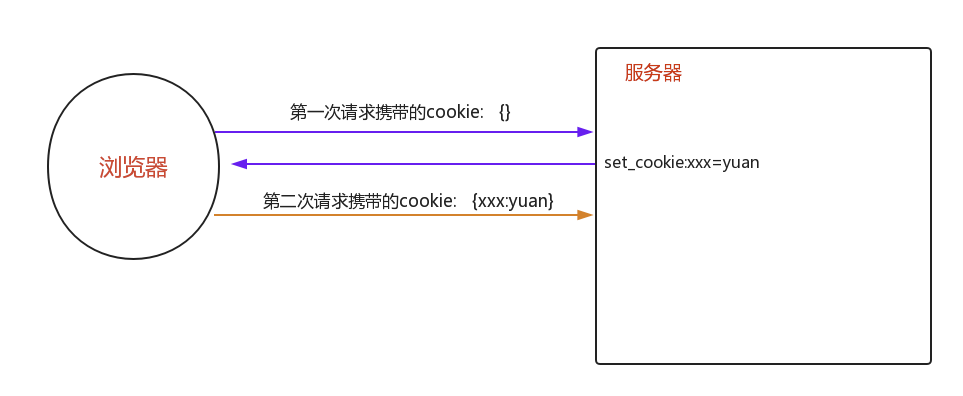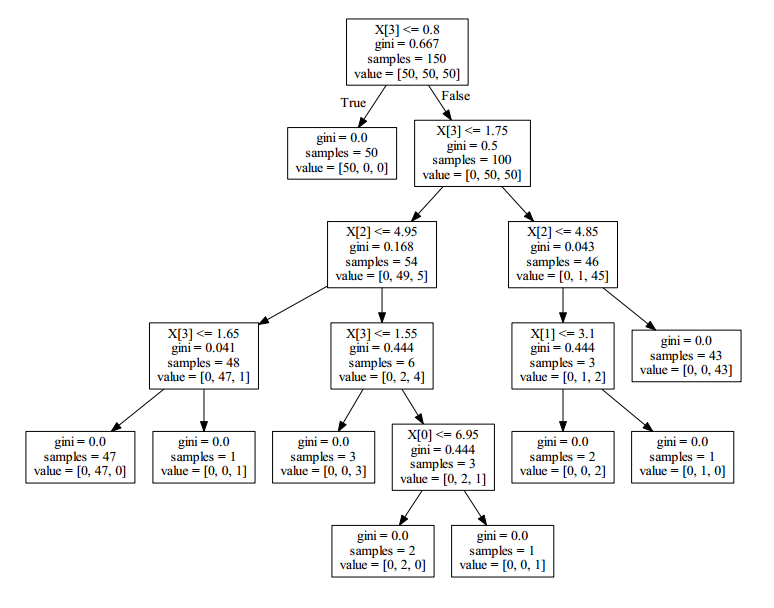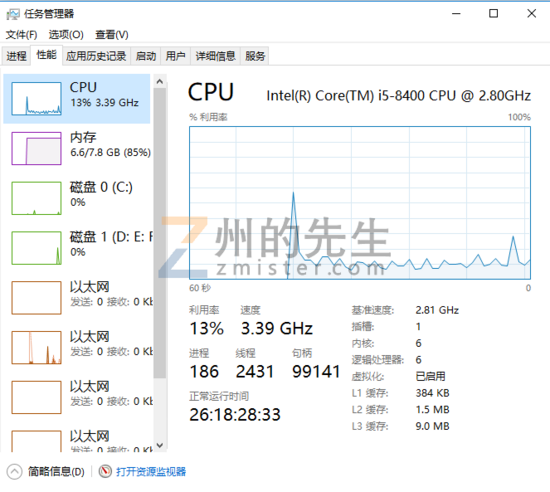python统计一个文本中重复行数的方法
本文实例讲述了python统计一个文本中重复行数的方法。分享给大家供大家参考。具体实现方法如下:
比如有下面一个文件
2
3
1
2
我们期望得到
2,2
3,1
1,1
解决问题的思路:
出现的文本作为key, 出现的数目作为value,然后按照value排除后输出
最好按照value从大到小输出出来,可以参照:
>>> d = {"third": 3, "first": 1, "fourth": 4, "second": 2}
>>> for k, v in d.items():
... print "%s: %s" % (k, v)
...
second: 2
fourth: 4
third: 3
first: 1
>>> d
{'second': 2, 'fourth': 4, 'third': 3, 'first': 1}To make a new ordered dictionary from the original, sorting by the values:
>>> from collections import OrderedDict
>>> d_sorted_by_value = OrderedDict(sorted(d.items(), key=lambda x: x[1]))The OrderedDict behaves like a normal dict:
>>> for k, v in d_sorted_by_value.items():
... print "%s: %s" % (k, v)
...
first: 1
second: 2
third: 3
fourth: 4
>>> d_sorted_by_value
OrderedDict([('first': 1), ('second': 2), ('third': 3), ('fourth': 4)])
代码如下:
import operator
f = open("f.txt")
count_dict = {}
for line in f.readlines():
line = line.strip()
count = count_dict.setdefault(line, 0)
count += 1
count_dict[line] = count
sorted_count_dict = sorted(count_dict.iteritems(), key=operator.itemgetter(1), reverse=True)
for item in sorted_count_dict:
print "%s,%d" % (item[0], item[1])
补充说明:
1. python的dict对象的两个方法:
items方法将所有的字典项以列表的方式返回, 这些列表项中每一项都来自于(键, 值)
iteritems方法与items的作用大致相同, 但是返回一个迭代器对象而不是列表
2. python的内建函数sorted
Help on built-in function sorted in module __builtin__:
sorted(...)
sorted(iterable, cmp=None, key=None, reverse=False) --> new sorted list
希望本文所述对大家的Python程序设计有所帮助。




